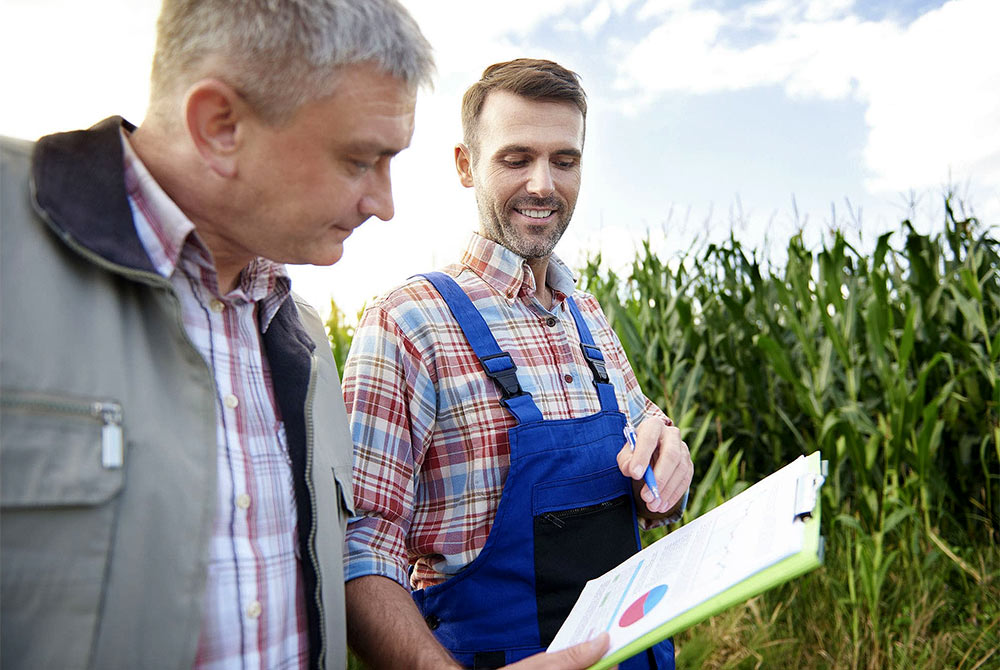Types of Reticulation Pipes
Any effective reticulation system needs to begin with careful consideration given to the assortment of pipes that will be used. In the same way that the veins and arteries of the circulatory system are crucial to the health of the body as a whole, the effectiveness of an irrigation system is directly proportional to the extent of its pipe network. Today, we will look at five distinct kinds of pipes, including PVC, Polythene, Low-Density Poly Pipe, Metric Poly Pipe, and Rural Poly Pipe, all of which are widely utilised in irrigation systems. We will go over the advantages and disadvantages of each type so that you can select the pipes that are best suited for the forthcoming irrigation project or sprinkler system you are installing.

PVC Pipe
Polyvinyl Chloride, or PVC pipe, are manufactured from a combination of vinyl and plastic. PVC pipe is rigid, white in colour, and often found in a variety of residential, commercial, and industrial applications due to their versatile properties. PVC pipe is primarily used in pressurised irrigation systems, including for sprinkler heads and drip systems, because they can handle high pressure without deforming or bursting.
When it comes to fittings for PVC pipe, you can typically choose between solvent-weld PVC fittings, which use solvent cement to secure the connection, or threaded fittings, which screw together to form a tight seal.
Pros
PVC piping is popular due to its durability, full resistance, reliability, and ease of use. PVC pipe has a high tolerance for pressure, making it ideal for high-pressure irrigation systems. In addition, PVC pipes are resistant to sunlight and various weather conditions, providing longevity even under harsh outdoor conditions.
Cons
However, PVC pipe is not as flexible as polyethene (PE) pipe, which may pose challenges in irregular terrains. They are also more prone to cracking under extreme cold conditions. Additionally, environmental concerns have been raised due to the manufacturing process and the difficulty in recycling PVC materials.
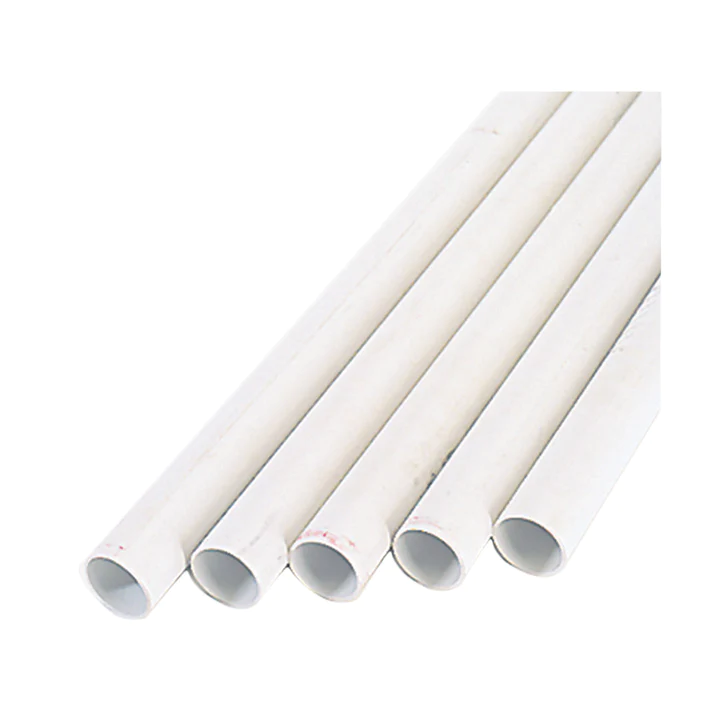
Polyethylene (PE) Pipes
Polyethylene (PE) pipe, is made from a flexible, thermoplastic material. They come in a variety of diameters and are often used in non-pressurised systems for water delivery such as surface irrigation and drip irrigation systems. Their flexibility allows them to contour around corners without needing additional joints, holes or fittings, making them a favorite for landscapes with a lot of twists and turns.
Pros
Polyethylene pipes are valued for their high flexibility, making them suitable for diverse soil topographies, including hilly or otherwise rocky soil landscapes. They're highly resistant to corrosion, and unlike PVC, they can withstand colder temperatures without becoming brittle or cracking.
Cons
The downside of polyethylene pipes is that they're less robust against high pressures compared to PVC pipe, making them unsuitable for high-pressure irrigation systems. Furthermore, the installation process for irrigation pipes can be more complex, as the fittings for water flows in these pipes require clamping to ensure a secure connection.
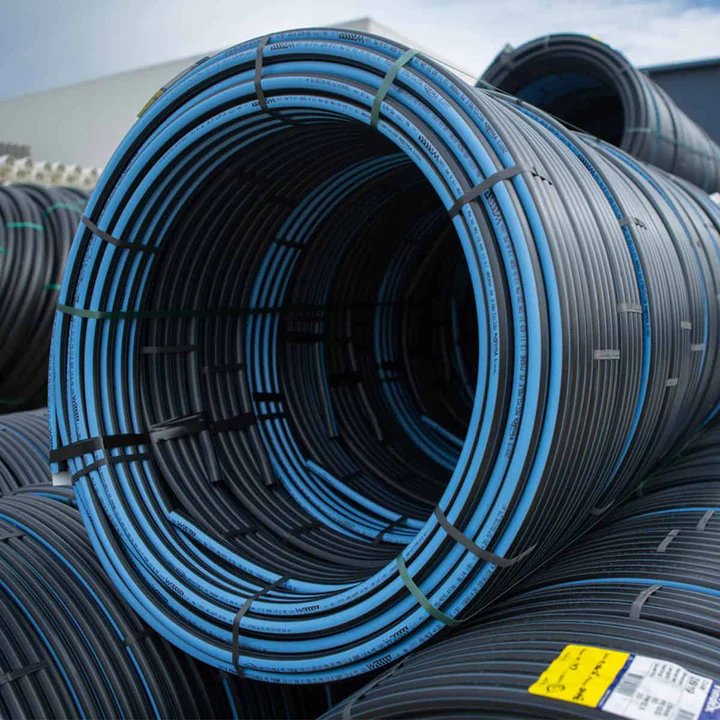
Low Density Poly Pipes (LDPE)
Low-density polyethylene (LDPE) pipes are made from a lighter and more flexible material than their higher density counterparts. These pipes are often used in micro irrigation systems for crops, which require a network of small-diameter pipes to deliver water directly to plants' roots at a full flow rate and low pressure.
To connect these pipes, push-fit fittings or compression fittings are often used, which provide a tight seal without the need for any adhesive.
Pros
Low density polyethylene pipes offer the most flexibility, making them a popular choice for landscapes with lots of corners and curves. They're lightweight and easy to handle, making them easy to install and modify.
Cons
On the downside, their low density means they are not suitable for high-pressure applications. Moreover, they can kink or twist easily if not properly handled and installed. This could potentially disrupt water flow or even lead to.
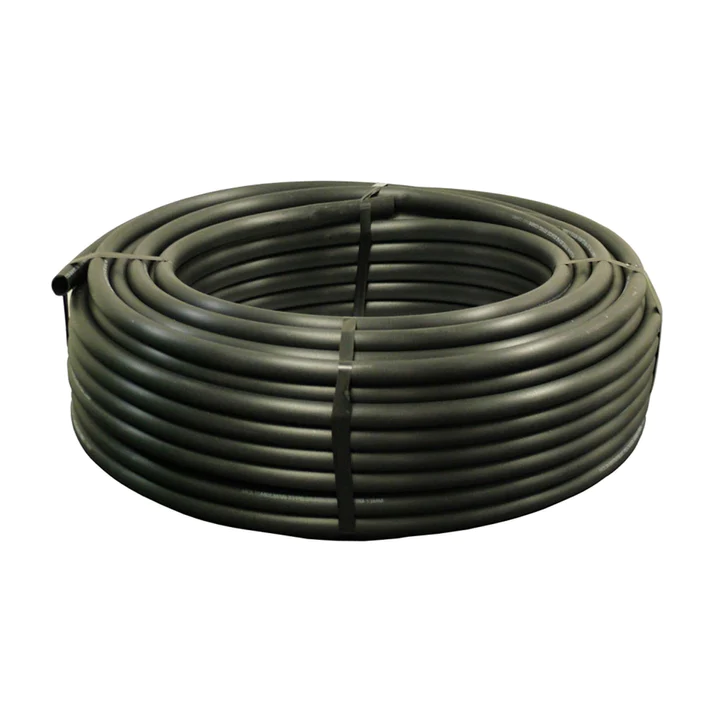
Metric Polyethylene (PE) Pipe
Metric PE, made from medium to high-density polyethylene, is named due to its metric measurement system. They are typically the piping used for irrigation or in high-pressure irrigation systems where precise water flow is critical. Their design can accommodate pressures up to several hundred PSI (pounds per square inch), depending on the specific type and diameter.
To connect these pipes, compression fittings are typically used due to their ability to handle the high water pressure that these pipes can withstand.
Pros
Metric PE is available in various sizes, enabling more precise control over water flow rates. They're designed to have more resistance and withstand higher pressures compared to other PE pipes, making them a versatile choice for many irrigation systems.
Cons
On the downside, the complexity of installation increases with pressure rating and pipe diameter. Moreover, they can withstand weather conditions and temperature variations less than PVC or standard polyethylene pipes.
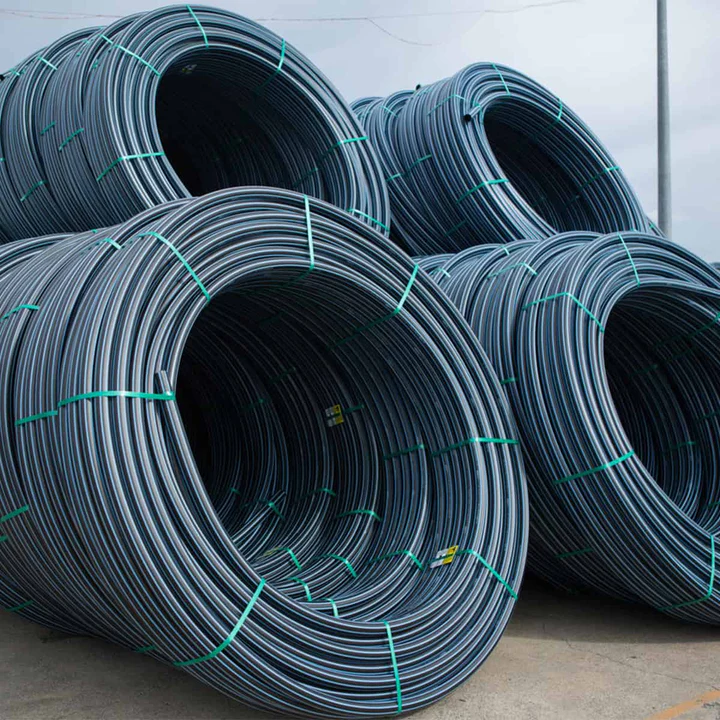
Rural Poly Pipe
Rural poly pipes are made from high-density, polyethylene tubing, providing a robust and durable solution for rural and farming irrigation needs. They are most commonly used in agriculture and rural applications where robust, reliable piping is required to handle a wide variety of conditions and pressures.
They often use rural compression fittings, which are larger, more robust, and designed specifically to handle the increased pressure requirements common in rural irrigation systems.
Pros
Rural poly pipes, often black in color with a red stripe, are designed specifically for rural irrigation and plumbing needs. They're known for their toughness, ability to handle both rough handling and higher water pressures, and they're compatibility with various fitting types.
Cons
Despite their toughness, they lack the flexibility of lower density poly pipes (LDPE) , which may make them a less attractive option for landscapes with many twists and turns. Their price is also higher compared to standard poly pipes.
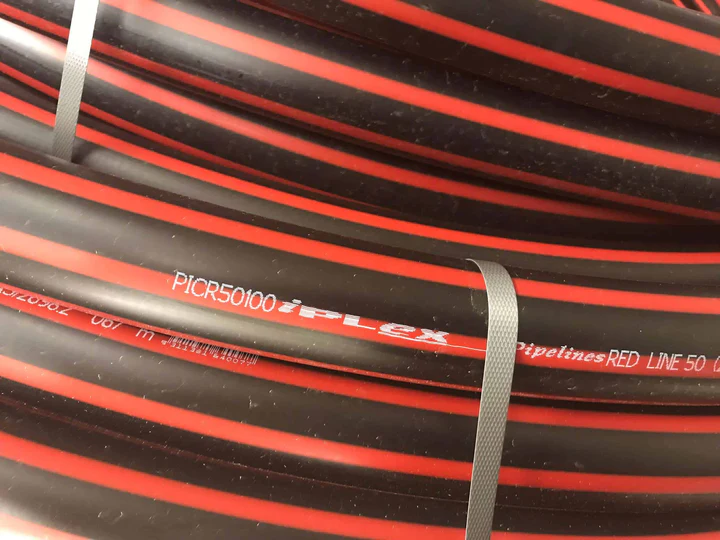
What is the Best Irrigation Pipe?
Selecting the right pipes for your irrigation project involves understanding your specific needs, the landscape, pressure requirements, and your budget. While PVC pipes may be perfect for a high-pressure system in a temperate climate, poly pipes might be better suited for a topographically varied landscape or colder weather conditions. Always consider the pros and cons of each type of pipe before making a final decision.
Our team at Nutrien Water can help provide advice on what piping is right for your situation.






